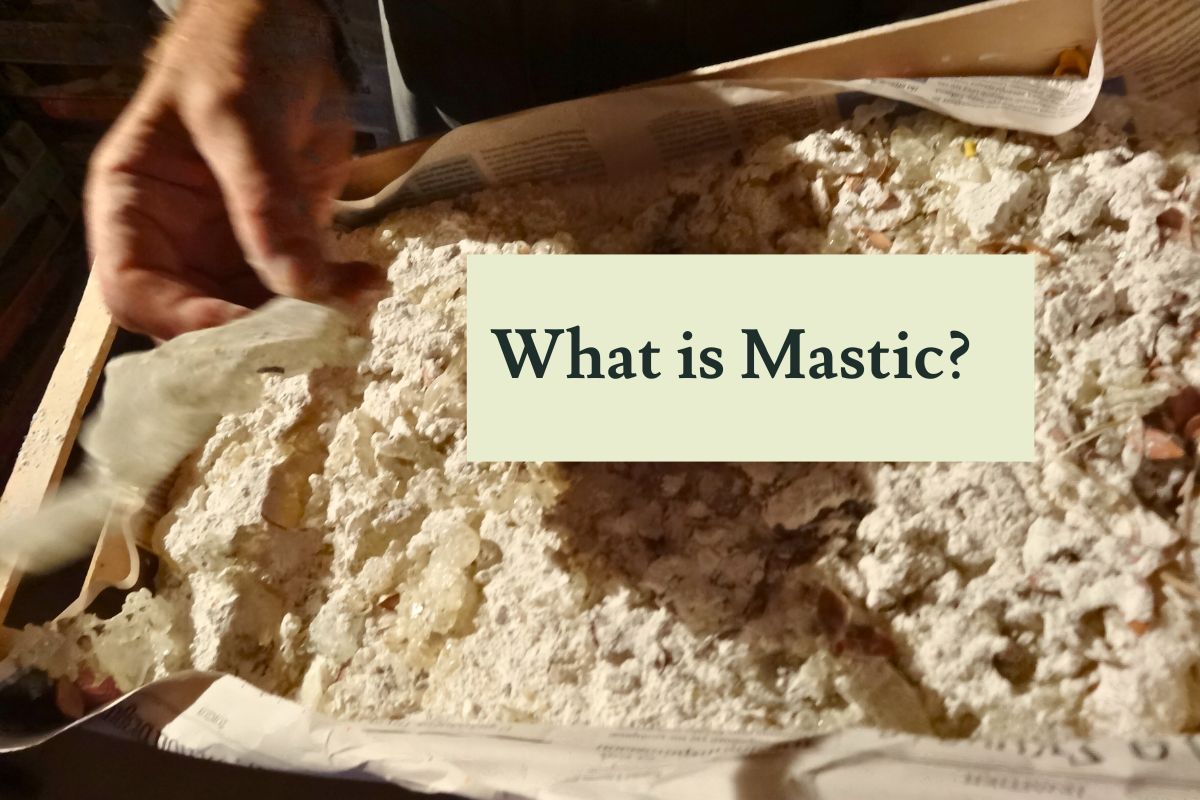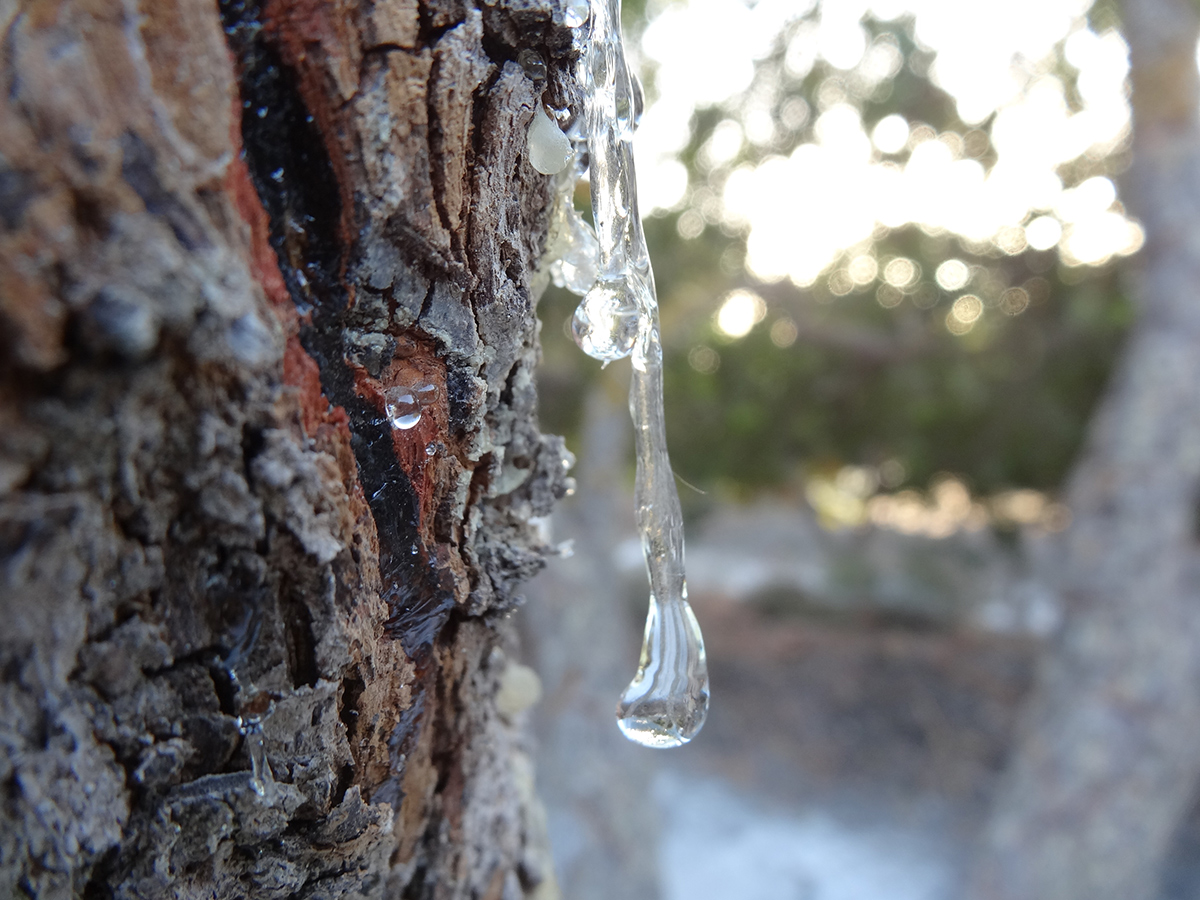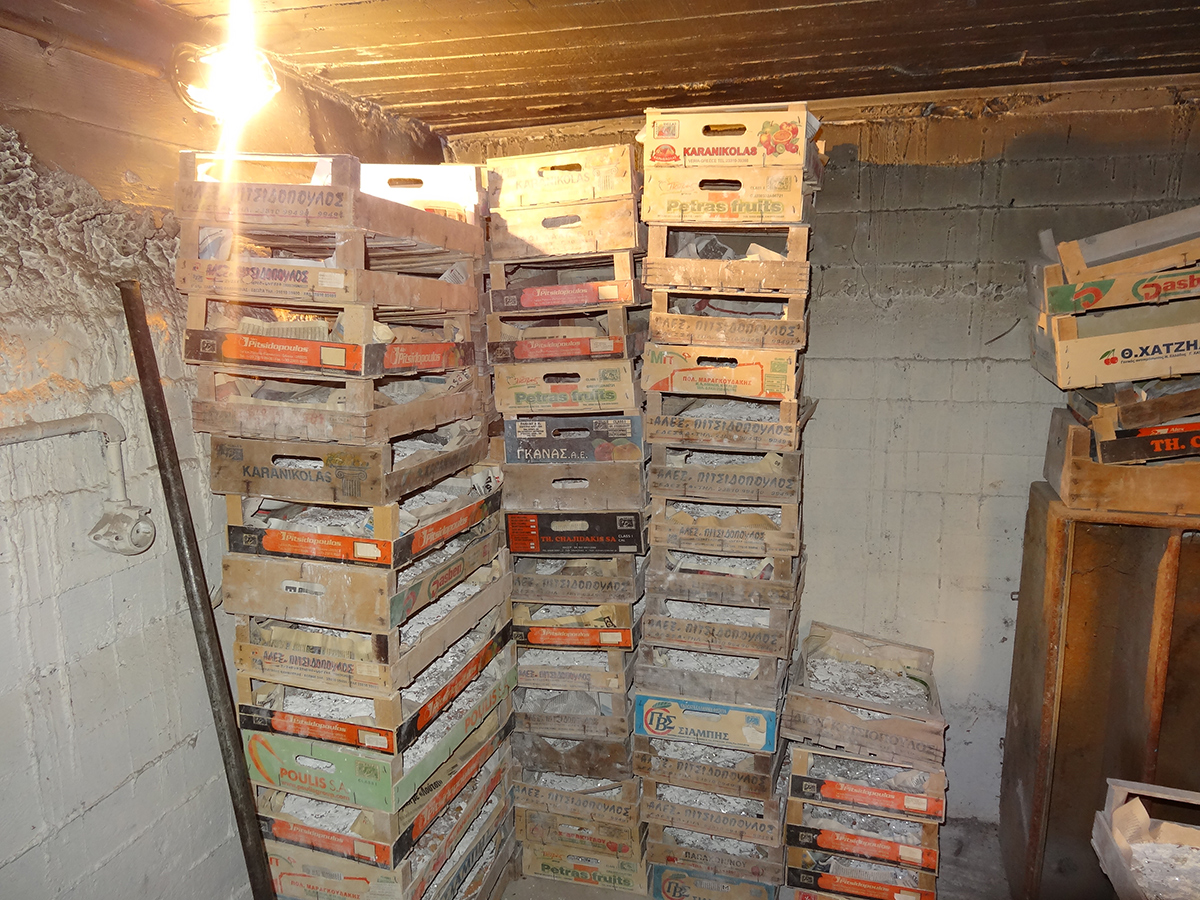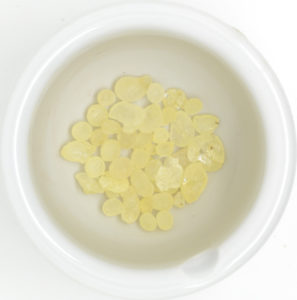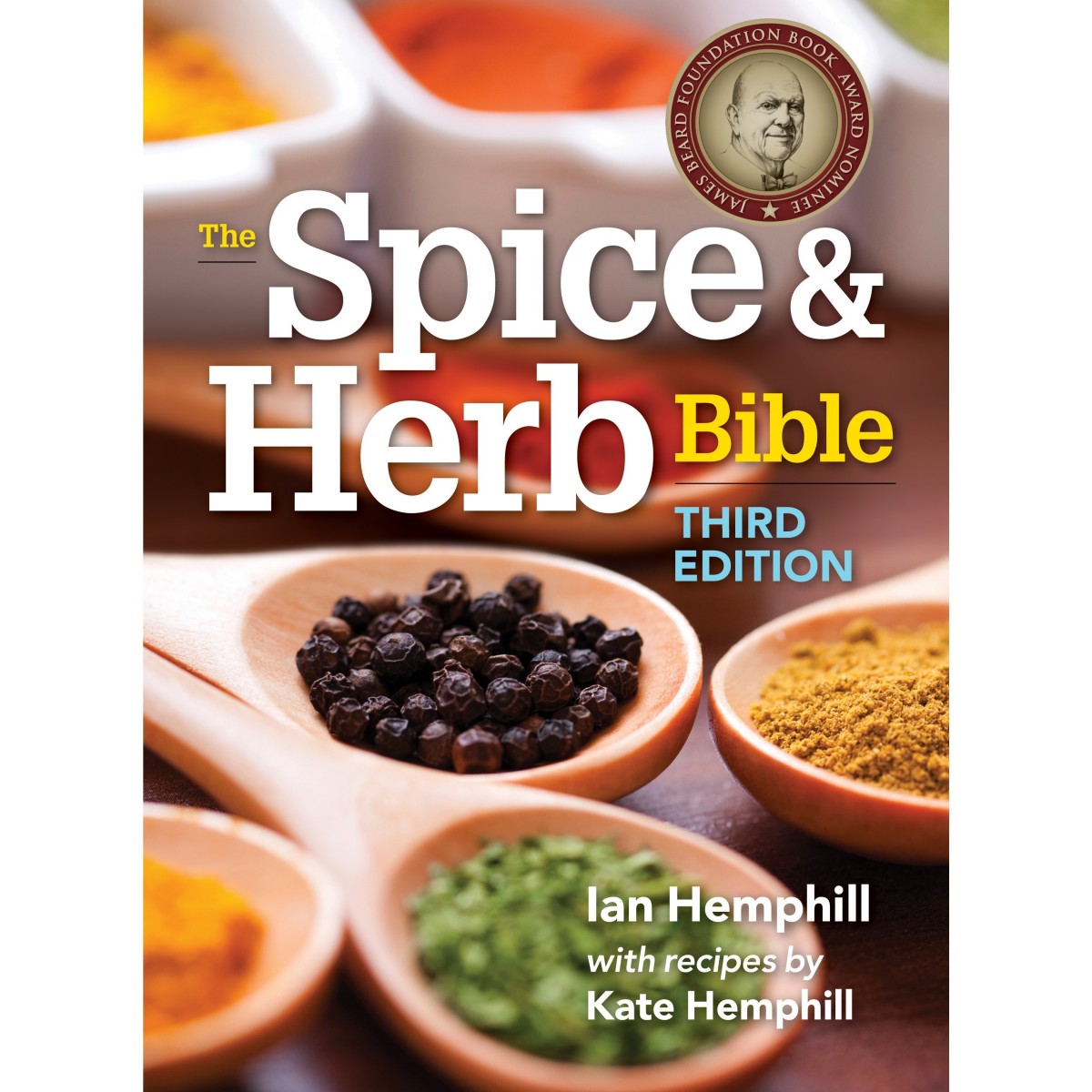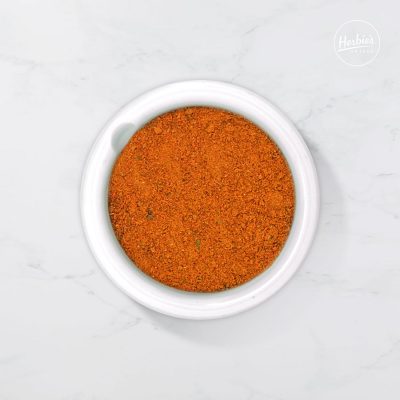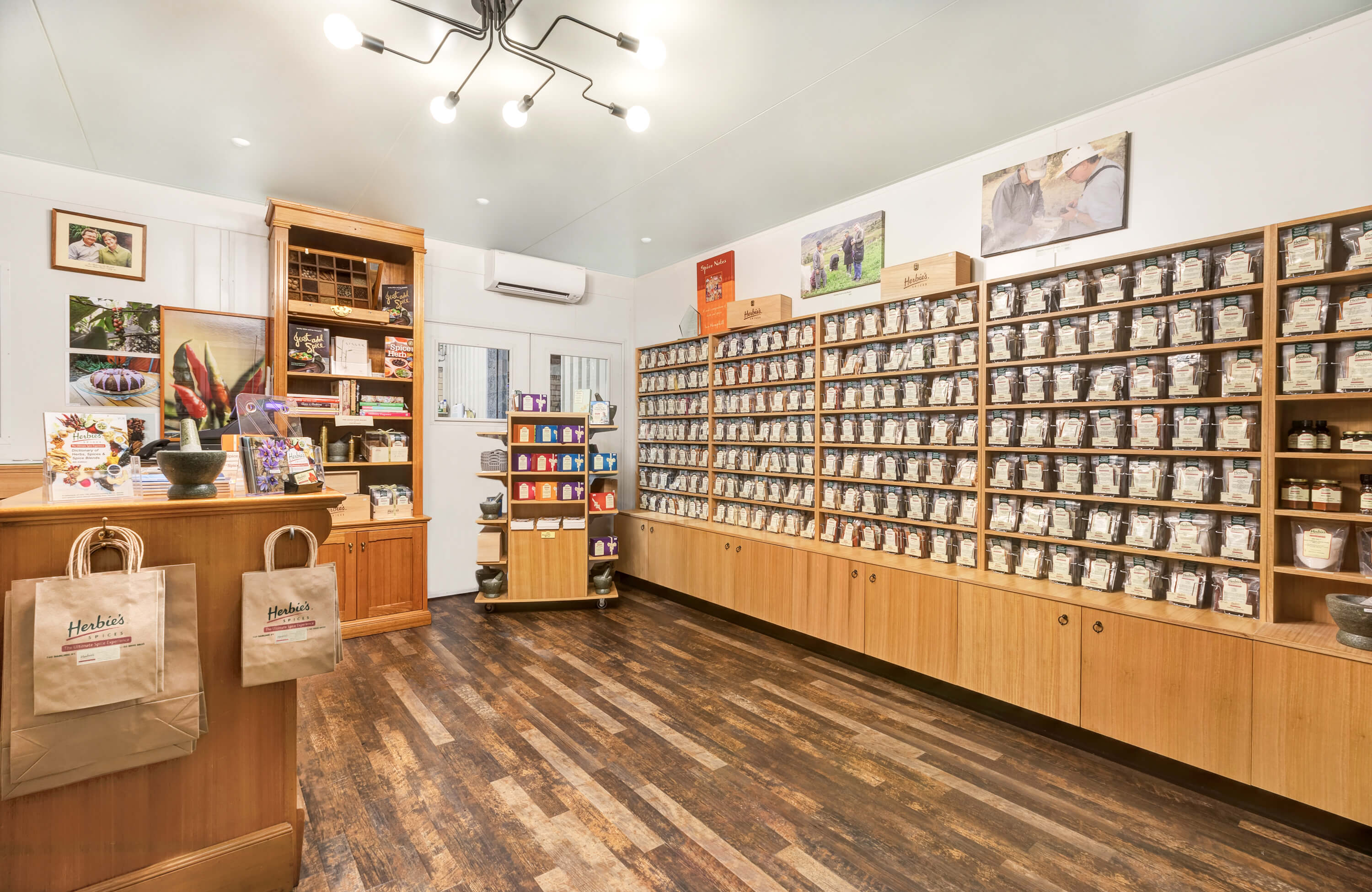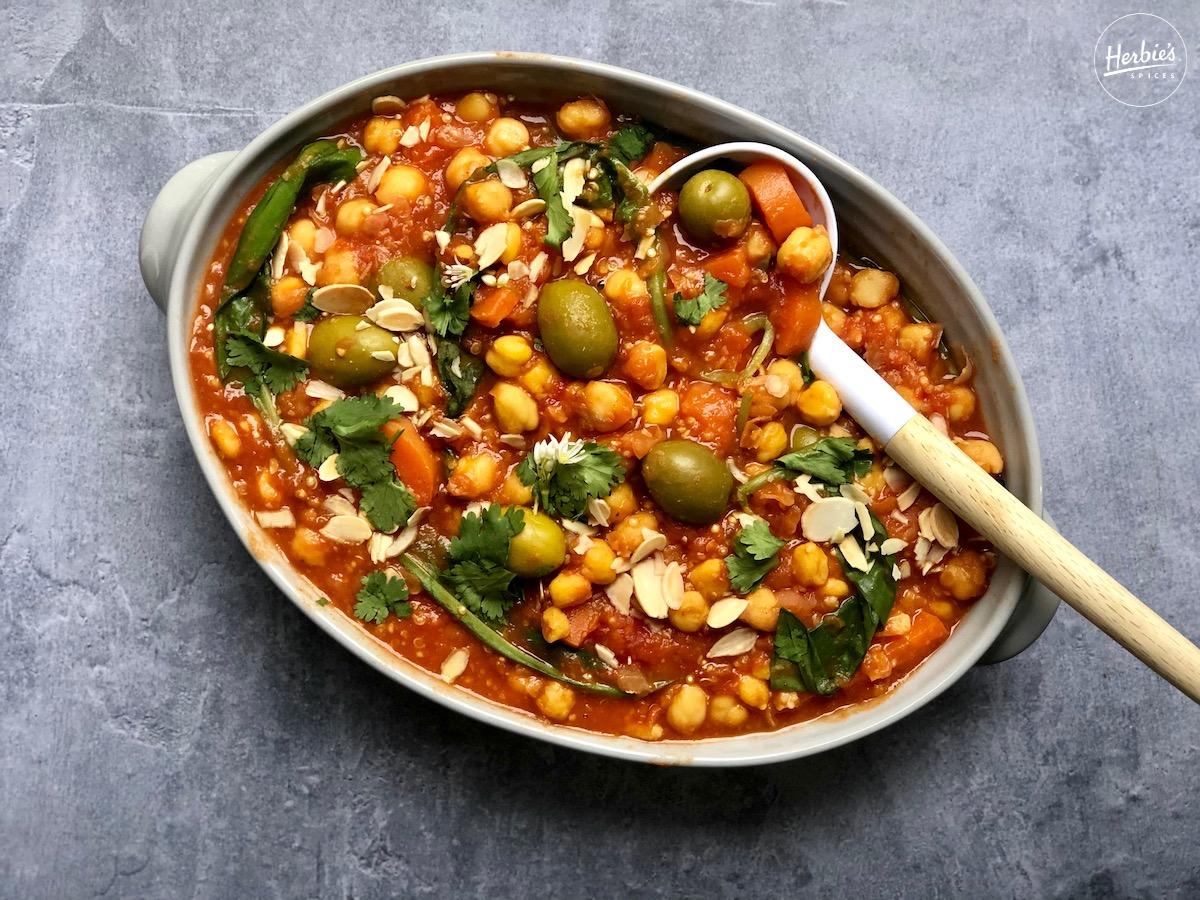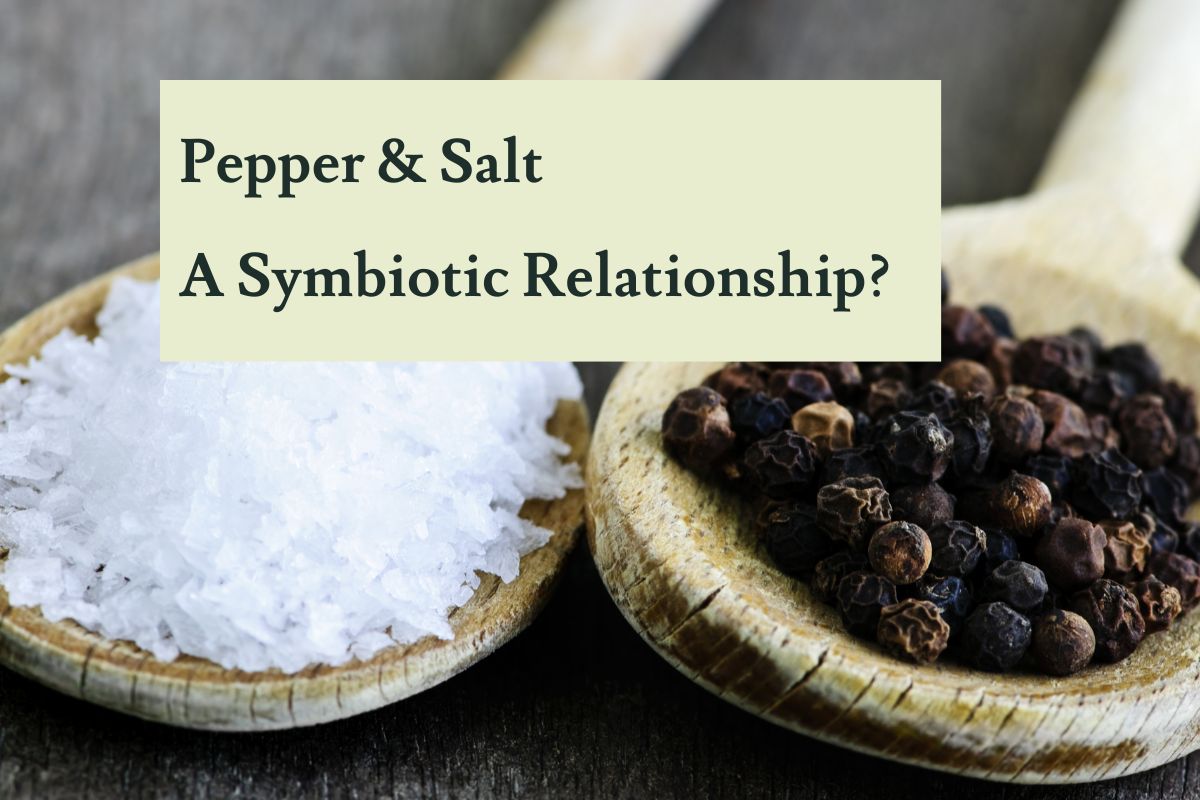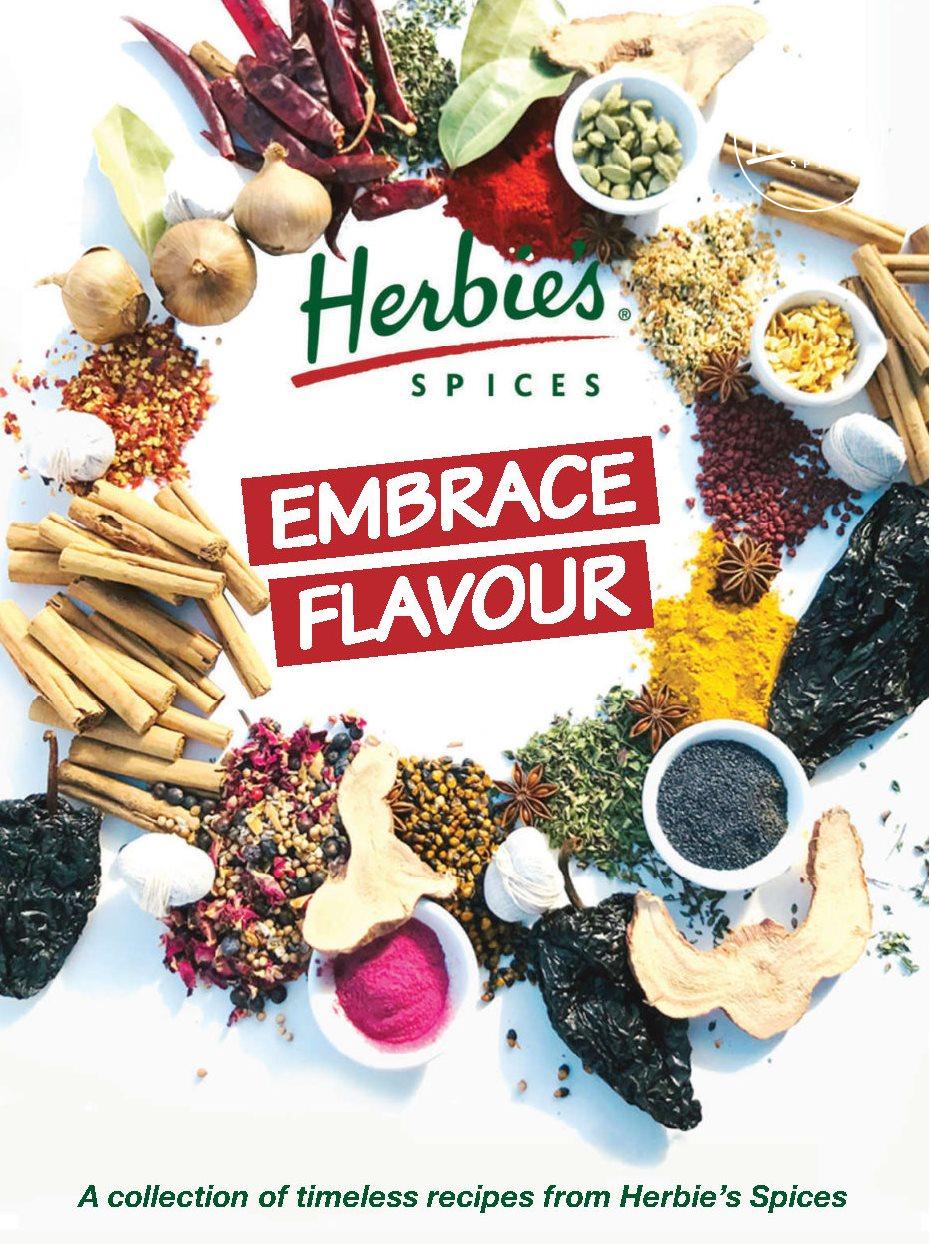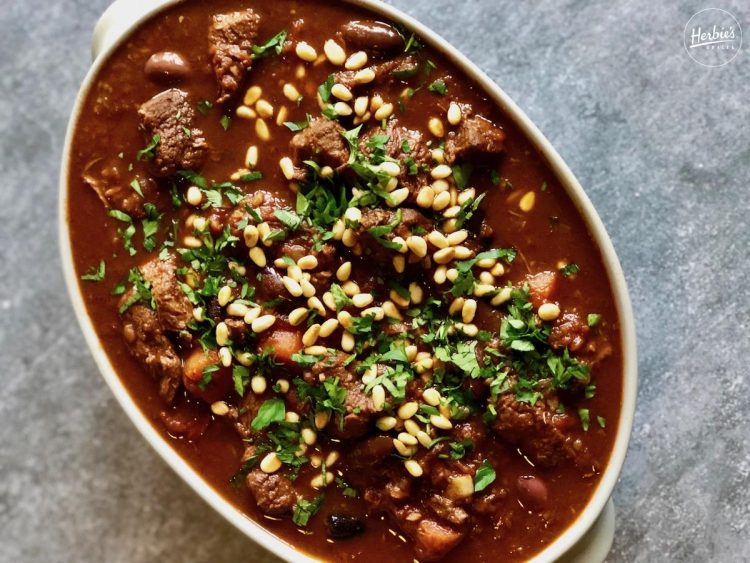 post
post
Baharat, also known as Lebanese Seven Spice or Advieh, has become one of the many ‘go-to’ spice blends along with Ras el Hanout and Chermoula. Herbie, always up to date or ahead with spice trends, was asked to contribute this article to Australian Gourmet Traveller in 1999. Yes, 24 years ago! This is the article: Legendary spice merchant and blender, Ian (Herbie) Hemphill, has
 post
post
We’re all in accord about single-use plastics. Having seen huge drifts of plastic in the pristine seas off the Indonesian islands, we know just how important it is to get rid of those shopping bags, plastic wraps and sandwich bags. When one gets emotional about bad plastics, it’s easy to begin to demonize all plastics, and perhaps it’s timely to repeat this message from our Newsletter of some years ago.
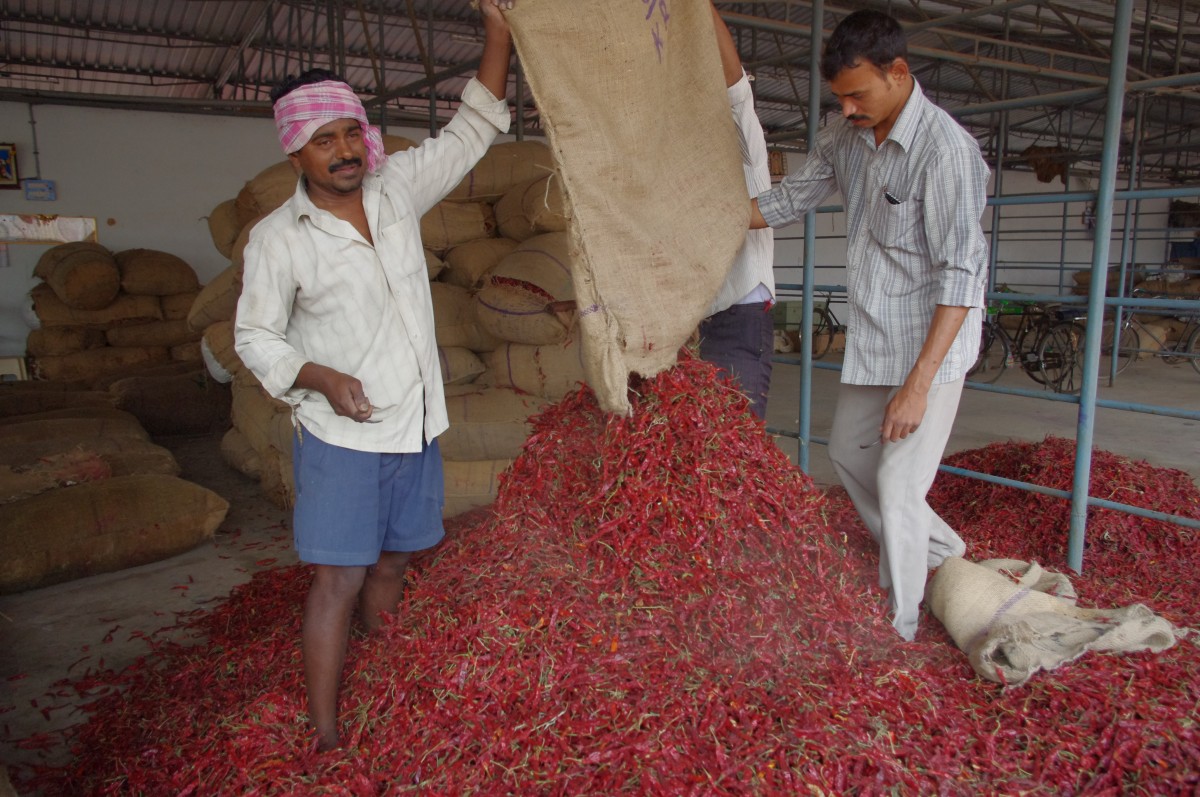 post
post
We invite you to join us, Herbie and Liz, as we return to our beloved India to take you to some places where many tourists don’t go! And some amazing places that you just can’t miss. This is designed as a holiday, not an endurance test, and we have made the itinerary a little more leisurely than some earlier tours, so that you arrive home refreshed and well. Be a part of our small group and join the fun!
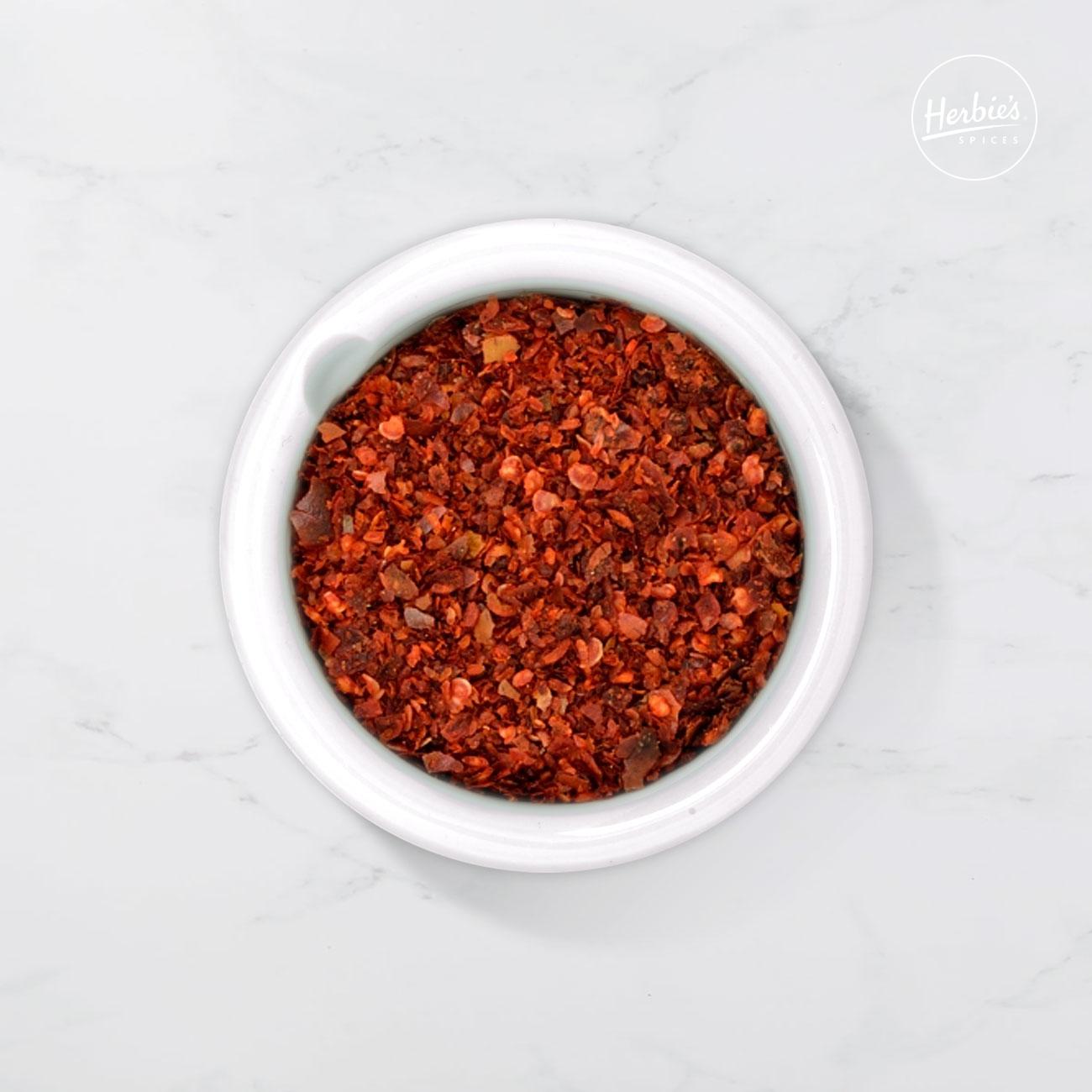 post
post
Besides being a popular spice for Yotam Otolenghi, Aleppo Pepper is becoming the go-to chilli for many cooks and food lovers. Why would a style of chilli be called a pepper? After all it is not a peppercorn! Let’s start with a bit of background. You may recall that Christopher Columbus was sailing west to get to the Indonesian spice islands, because he guessed
 post
post
LATEST RECIPES FROM KATE AT HERBIE’S KITCHEN For people with intolerances or special diets, spices are an excellent way of adding flavour when avoiding a variety of other ingredients Our Recipe Page has a handy check box for vegetarian, vegan, nut free, dairy free, gluten free, keto, paleo, low-fodmap and healthy eating categories (please bear in mind we are not trained in nutrition, and
 post
post
LATEST RECIPES FROM KATE HEMPHILL AT HERBIE’S KITCHEN Longer evenings are just beginning, and depending on where you are, perhaps you’re eating dinner outside already. It’s also a time that we look to lighter fare (although to us curry is definitely a year-round meal); with crunchy salads, fresh seasonal veg, and grills on the menu. Check out our Al Fresco Dining Spice Kit, which
 post
post


